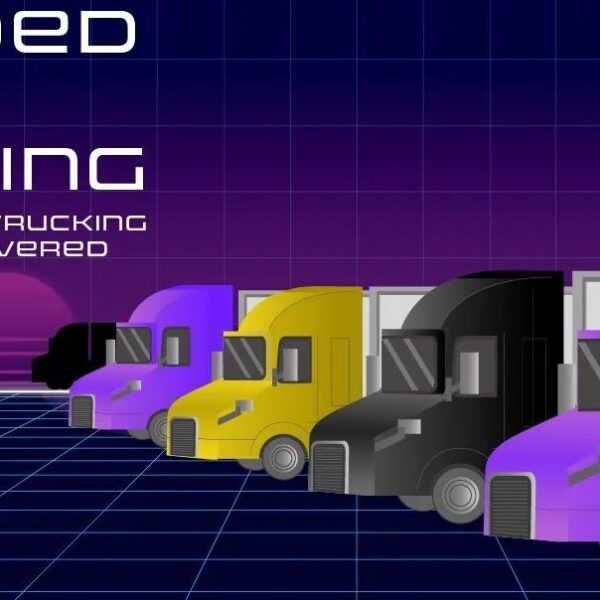As supply chains face pressure to be faster, cleaner, and more efficient, an unusual collaboration is emerging – between railroads and trucking companies. Leaders from rail giant Union Pacific recently shared how teaming up with truckers can aid sustainability and boost service.
Leveraging the Intermodal Strengths
Union Pacific’s Matt Gloeb explains how intermodal transport – the movement of shipping containers by both rail and truck – is integral to supply chains. While railroads excel at long-haul transport between terminals, trucks are essential for short-range pick-up and delivery. By working together, Gloeb said, “there’s opportunity for motor carriers and for railroads” to enhance intermodal and sustainability.
One major new project highlighting the truck-rail collaboration is Union Pacific’s upcoming Phoenix intermodal terminal, developed after partnering with a trucker serving the booming Phoenix area from the San Pedro port. Gloeb said the trucker’s insights helped them site and develop “our brand new Phoenix intermodal terminal” opening in 2024 to better serve the surging Arizona markets.
Partners in Sustainable Supply Chains
Gloeb noted skepticism around railroads’ sustainability claims as they shift freight from truck to rail. However, he argued railroads and truckers are actually “partners in this supply chain initiative,” with intermodal relying on both modes.
“I think there’s an opportunity there for motor carriers and for railroads to work collaboratively together on sustainability initiatives and drive further growth in partnership,” Gloeb said. Teaming up allows them to combine railroads’ long-haul emissions advantages with trucks’ short-range efficiency strengths for green benefits across supply chains.
Tech is Driving Quicker Collaborations
Gloeb also revealed how modern technology enables tighter truck-rail collaboration. From iPhone apps like UPGo to real-time tracking of containers, Union Pacific is using tech so “we can continue to evolve and grow” operational coordination with trucking partners.
For instance, UPGo provides drayage truckers instant access to container availability at intermodal terminals, helping orchestrate faster pick-ups and drop-offs. “We do that to help create efficiency in that whole supply chain,” Gloeb explained, allowing data sharing to smooth interchange points between the two modes.
The Takeaway
As railroads and truckers leverage each other’s advantages, shippers and consumers stand to benefit from faster, cleaner supply chains. The Phoenix project and apps like UPGo illustrate the innovations emerging from this truck-rail collaboration. And collectively pursuing sustainability goals through partnerships lays the groundwork for long-term, win-win solutions across transportation.
By leveraging their expertise and resources, Lading Logistics aims to provide efficient and reliable international shipping and logistics solutions for their clients.



